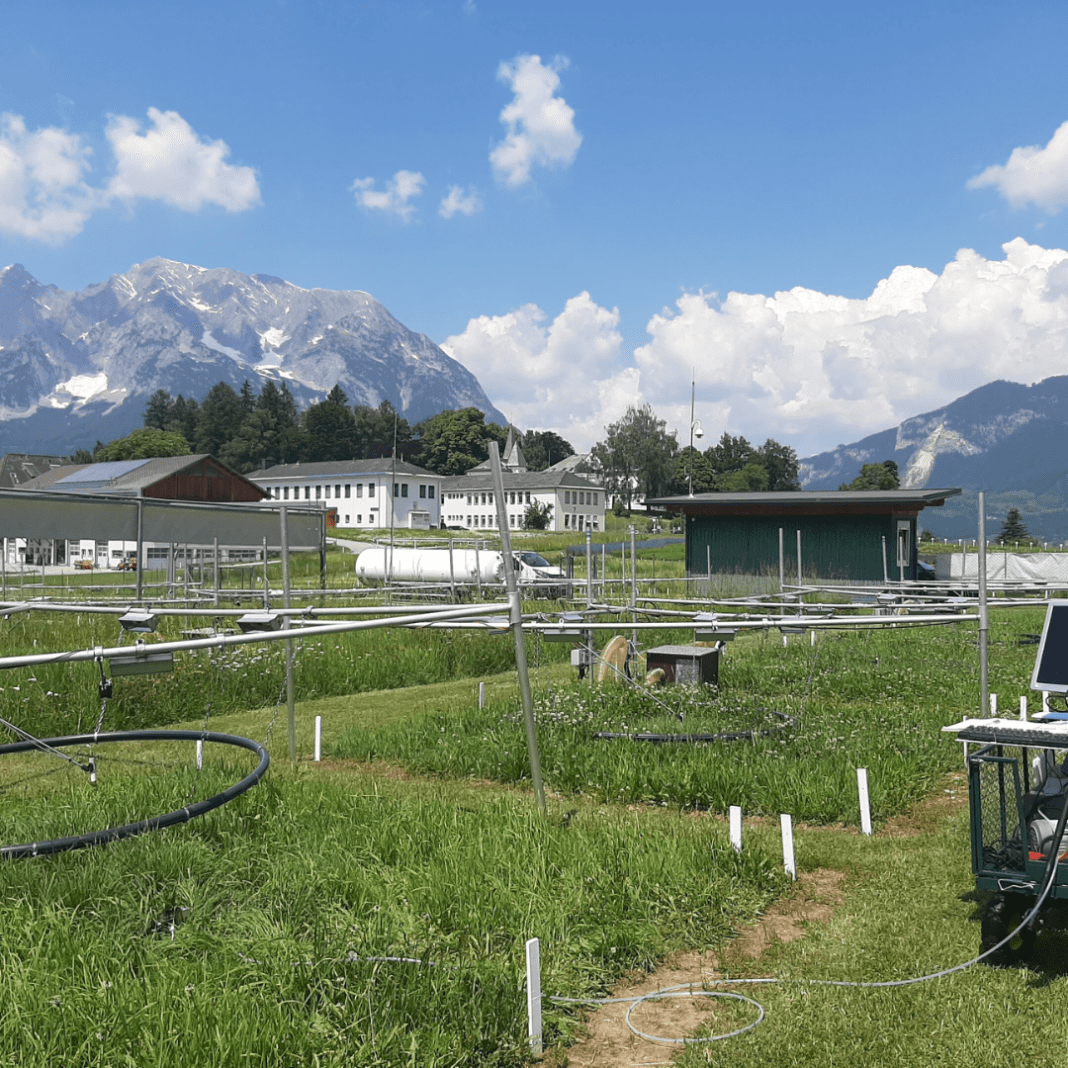Grasslands: A Vital Part of Earth’s Water System
Grasslands are some of the most important landscapes on Earth. They cover almost 40% of the land and are home to countless plants, animals, and even people who depend on them for food and farming. But grasslands do more than just provide a place to grow crops or feed animals — they play a huge role in the water cycle. That means they help move water through the air, soil, plants, rivers, and back again.
Water Behaves Differently in Drier, Warmer Grasslands
The scientists discovered two surprising things. First, when grasslands were exposed to summer drought and warmer temperatures — conditions expected in a future with more CO2 — the soil changed. The small holes and spaces in the soil, which normally hold water like a sponge, began to act differently. These soil pores didn’t mix the water as expected. Instead, old water stayed locked deep in tiny spaces, while new rainwater rushed through bigger channels. This means rainwater didn’t stay in the soil long enough to mix and be used by plants or slowly move into nearby rivers. Instead, it could quickly flow into streams, carrying along nutrients or pollution.
Developed Nations Hit Climate Aid Target- Faces Criticism
Second, the plants also changed how they used water. When it got hotter and drier, the plants tried to survive by conserving water. Normally, plants “breathe out” water into the air through a process called transpiration. This helps cool the air, kind of like sweating. But in these future-like conditions, the plants held on to more of their water. This means they released less moisture into the air, which could actually make the air even hotter and drier. That creates a tricky cycle: hotter weather makes plants save water, which makes the weather even hotter.
To track how water moved in the experiment, scientists used a special type of water with a traceable ingredient called deuterium, a kind of hydrogen. This allowed them to see exactly where the water went — into the soil, the plants, or the air. The experiment showed that water mostly skipped over the stored moisture and moved quickly through the soil. This meant less mixing and soaking than usual.
Less Cooling, More Runoff, and Soil Changes
The study also discovered that repeated droughts altered the soil structure, making it harder for water to stay in the root zone where plants can access it. As the soil changed, its ability to retain water decreased, causing water to drain more quickly. This meant that plants had less time to absorb moisture before it moved deeper into the ground or flowed away. Over time, these changes could make it more difficult for plants to survive during drought conditions, affecting grassland ecosystems.
Global Warming Amplifies Deadly Heatwaves Across the Americas
Instead of holding water for plants to use later, the soil allowed water to escape faster. This is very different from how healthy grassland soil usually behaves. Normally, after it rains, water stays in the root zone for a while, giving plants a chance to drink it up before it eventually moves into rivers and streams. But under future climate conditions, this process becomes much faster and less helpful.
The fact that water now moves more quickly through the soil also means there’s a risk it will carry away more than just water. Important nutrients that plants need could be washed away too, along with harmful substances that could pollute local rivers.
Meanwhile, because plants are releasing less water into the air, the land itself may cool off less than it used to. That could make heat waves and droughts worse in the long run. It’s like a feedback loop where one bad thing makes another bad thing worse. While this might help the plants survive droughts for a short time, it might not be good for the environment as a whole.
Study Reveals Complex Water Shifts
This study was the first to directly show how all these changes could happen in real outdoor conditions using experimental climate controls. It shows that changes to the water cycle may not be simple or easy to predict. The way water moves through soil and plants may be more complicated than scientists thought, especially when the weather becomes more extreme.
These findings are important because they show that even small shifts in climate can lead to big changes in how grasslands work. Understanding this is key to knowing how to protect ecosystems, water supplies, and the land we depend on.




